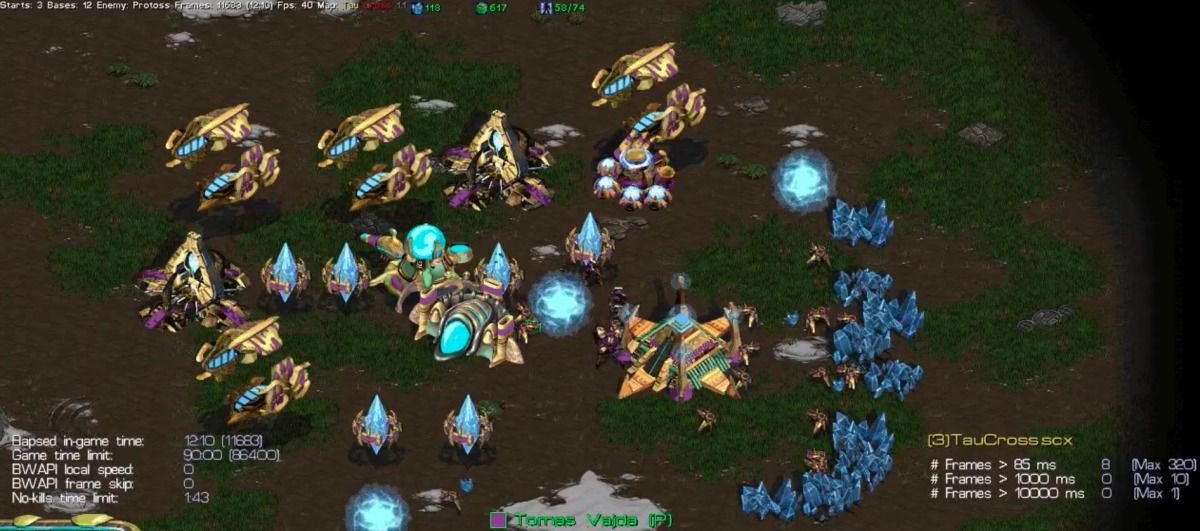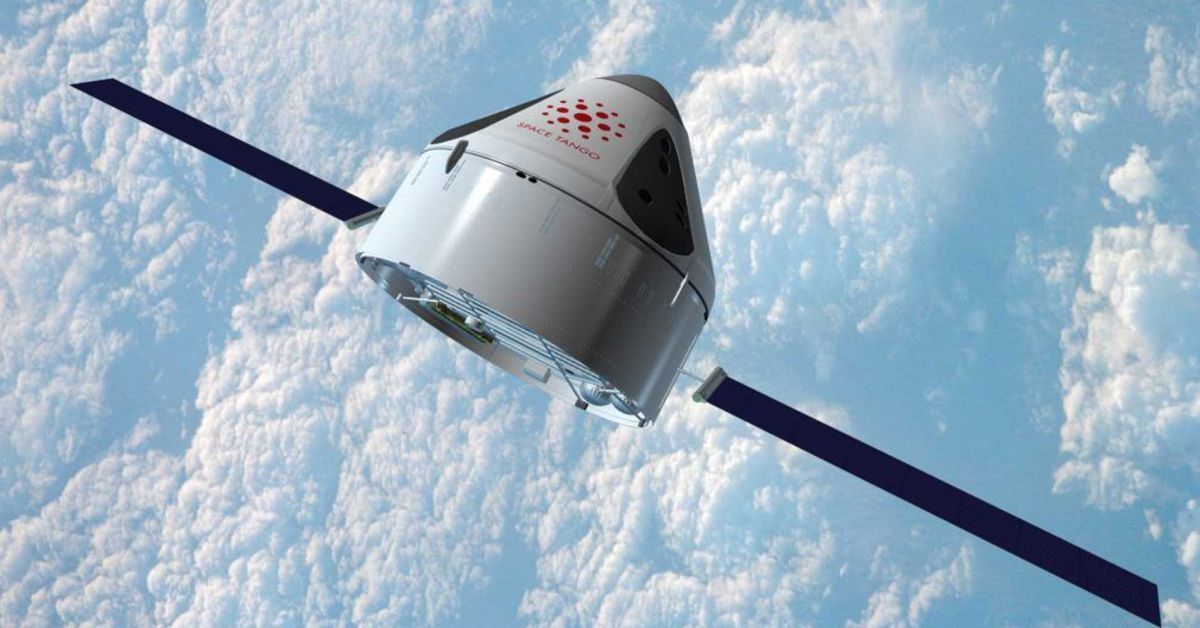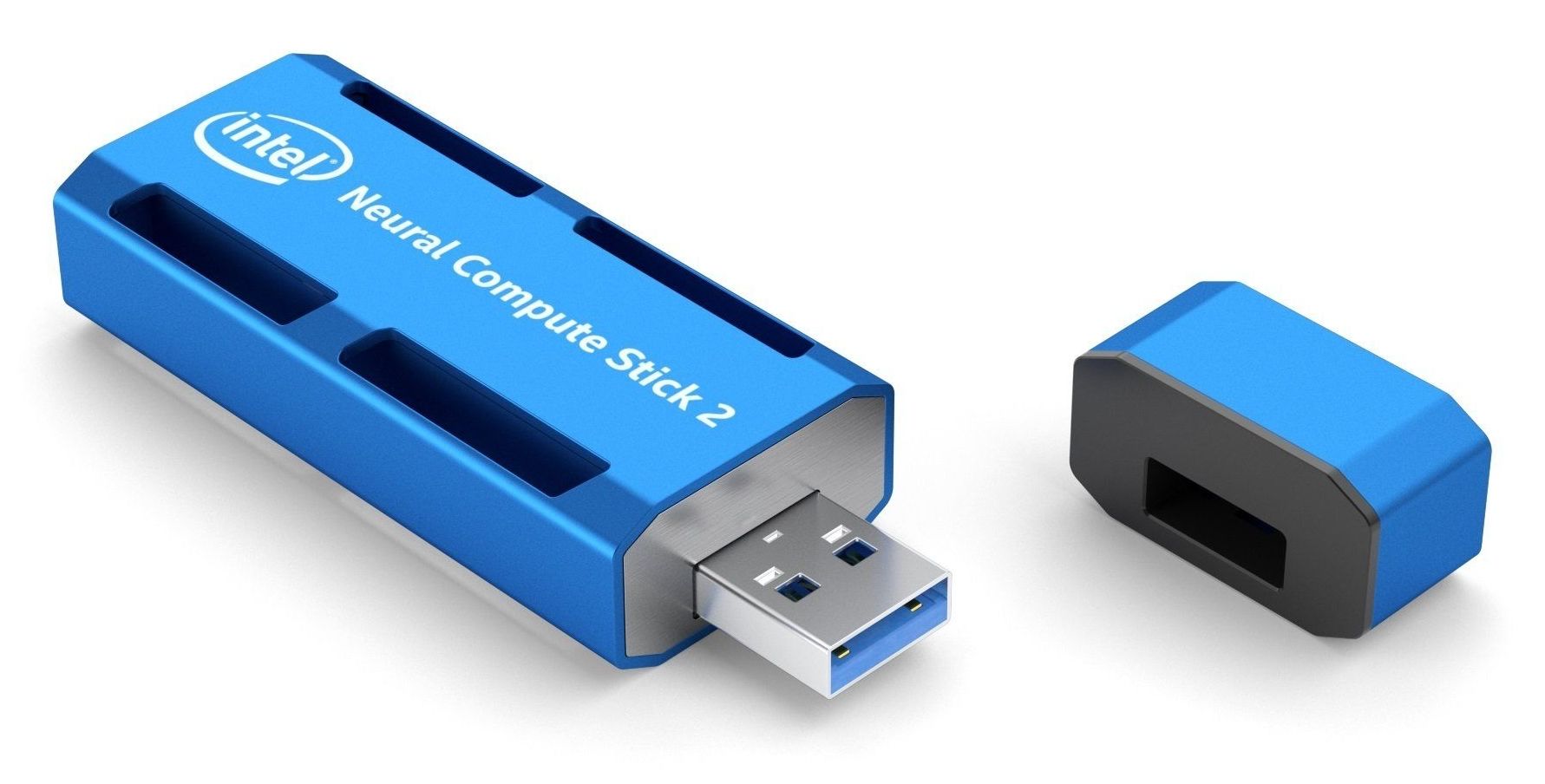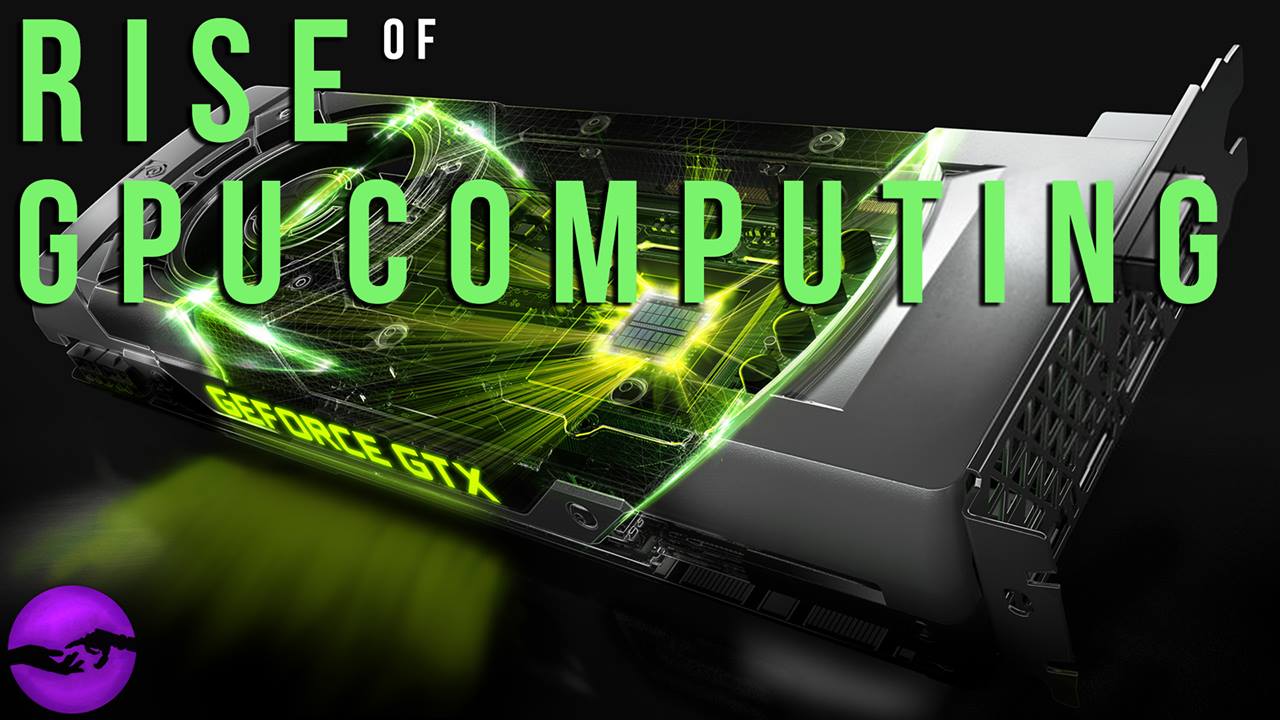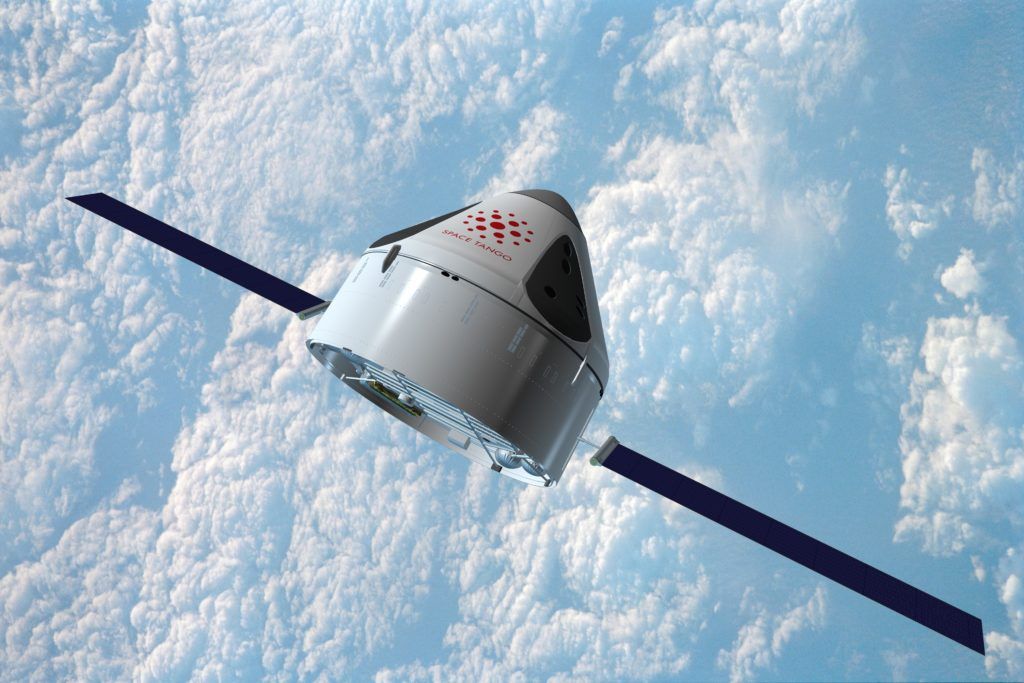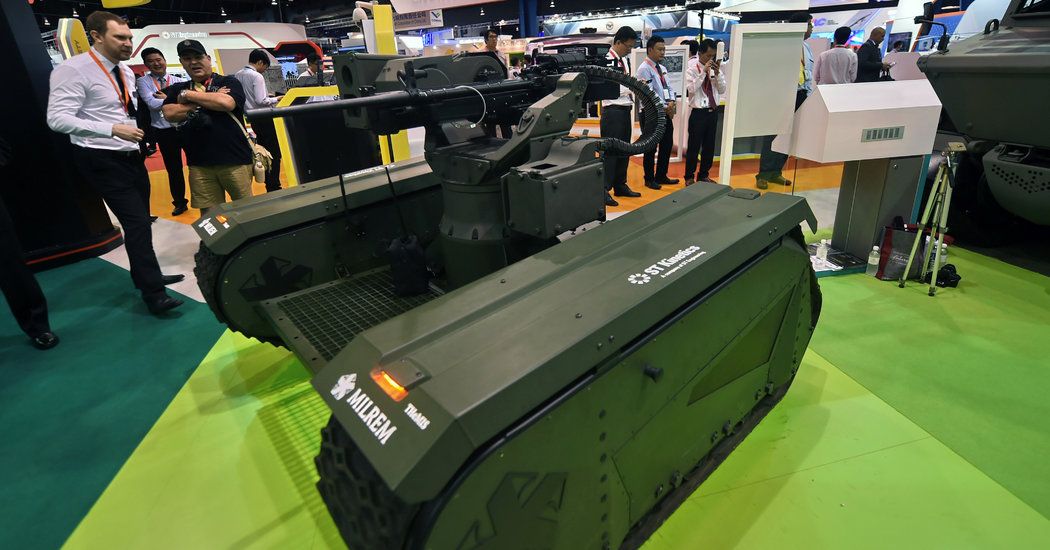En Taro AI
The latest results in a long-running contest of video-game-playing AIs reveal how hard it is for machines to master swarming insectoid Zergs or blitzing Protos. They also show that even old-school approaches can still sometimes win out.
The AIIDE Starcraft Contest has been running at Memorial University in Newfoundland, Canada, since 2010. Participating teams submit bots that play an original version of Starcraft, a sprawling sci-fi-themed game, in a series of one-on-one showdowns.
Starcraftiness: Video games are generally useful in AI because they offers a constrained environment and a good way to quantify progress. The popular online strategy game Starcraft has emerged as an important benchmark for AI both because it is extremely complicated and because it’s a game where it’s hard to measure progress. There are a vast number of possible states and a huge number of potential moves at every moment. And it can be hard to tell if a strategy is a good one until much later on in a battle.
